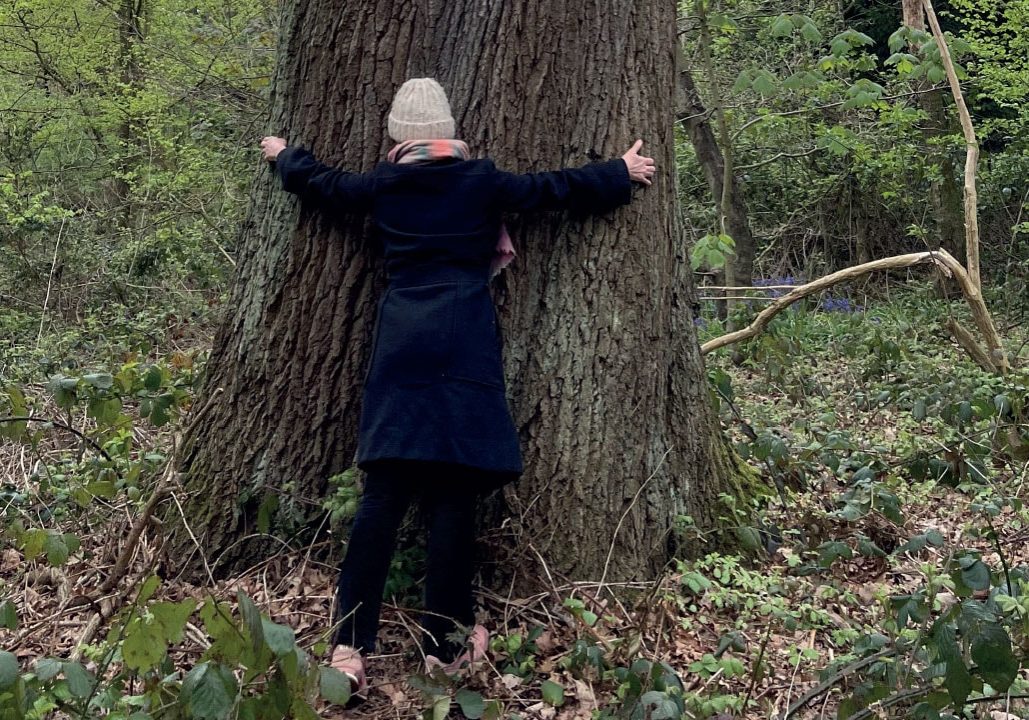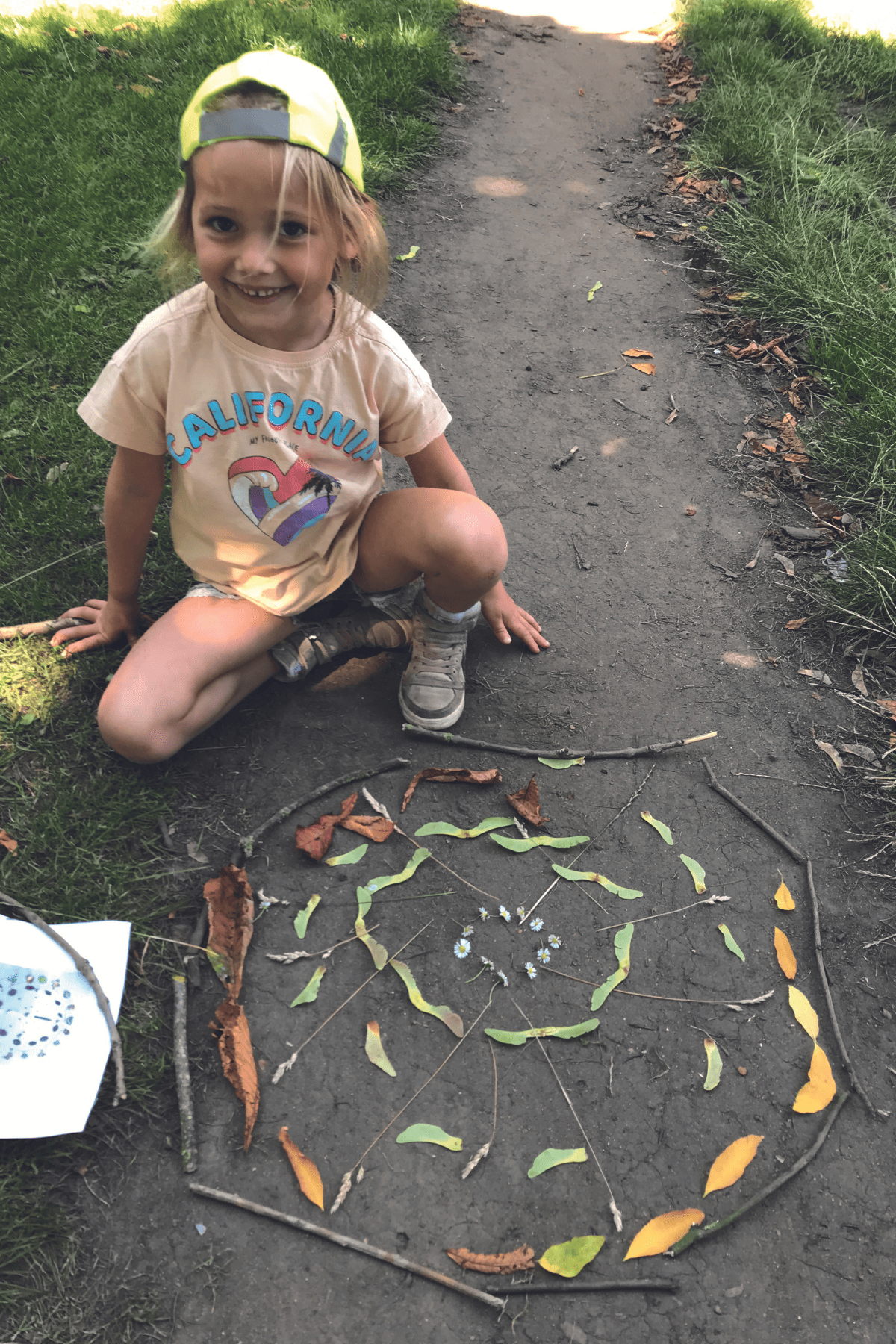
Teaching Mindfulness Online
Can you really learn to teach mindfulness in nature online? Yes! Here are some of the benefits. By Ciaran Ivanovic
Reading time: 4 minutes
When we think of being present and connecting with nature, we tend to think of smells (perhaps damp earth or freshly cut grass); sights (big, expansive skies or a beautiful sunset); sounds (hearing the wind in the trees or a bird chirping) and what we can feel both emotionally and physically (the sand between our toes or the warmth of the sun on our cheek) — all of which create an important sensory experience that can fill us with joy.
The thought of learning about these sensory experiences online (rather than in person) might therefore seem contradictory at first. However, the reality is that online courses can be an excellent way of accessing and understanding the principles of present moment awareness in nature, whilst being a springboard for individuals to apply these principles to their own lives and develop their own nature-based activities and experiences away from the screen — outdoors, in their local environment.
The magic of online learning is it spans geographical location and time zones, allowing individuals to gain the knowledge and to disseminate that knowledge locally and in person to their audience. Online training can therefore widen the availability of mindfulness and nature education, making it more inclusive and globally accessible. There is also much to be learnt by sharing experiences of different teaching environments. For example, nature connection in a city will differ from nature connection in the countryside or on the coast, and consider different climates too. A good teacher will engage directly with students, helping them to tailor their learning and take advantage of their different teaching environments.
Online platforms dedicated to teaching nature-based mindfulness offer a myriad of resources, including instructional videos, guided meditations and interactive forums for group discussion and peer feedback. These platforms enable aspiring teachers to learn and practice mindfulness techniques that are specifically designed for nature[1]based settings, allowing for exploration and connection with natural landscapes.
It’s important to note that in order for online teacher training programmes to be effective, course participants should be required (as part of their certification) to put into practice what they have learnt by spending time with their students in natural environments to engage with their immediate surroundings. Reflecting and Photos: Ciaran Ivanovic Can you really learn to teach mindfulness in nature online? Yes! Here are some of the benefits. By Ciaran Ivanovic building on each experience is equally important in allowing teachers to develop their own style of teaching as well as their skills as a mindfulness in nature practitioner.
Online teacher training has been proven to be just as effective as traditional in-person teaching, provided the modules are well[1]structured, the teacher is highly experienced and engaging and the learner is motivated. Online platforms that offer accredited and certified programmes have the added bonus of ensuring the training received is thorough and aligns with industry standards.
Learning to teach mindfulness in nature online can be practical, fun, accessible and an inclusive way of learning and practicing nature-based mindfulness principles. As technology continues to evolve, the potential for virtual learning is exciting!
Things to look out for when choosing an online training programme to teach nature[1]based mindfulness to others:
- Is the training accredited? An accredited course has to meet specific industry standards whilst an internationally accredited course is also recognised globally.
- Who is teaching the course? Check their credentials: are they ‘walking the walk’ or just ‘talking the talk’? It’s important to choose an experienced teacher who embodies what they are teaching.
- Does the course offer mentoring? This gives a more personal feel to the course whilst offering invaluable tips and advice to individuals, including taking advantage of different teaching environments.
- Is the course ‘live’ or self-paced? Decide which suits you best, remembering that self[1]paced allows you to work at a time and pace that suits you.
- Does the course require you to practice and reflect on what you’re learning? Home practice is a key part of consolidating your learning and gaining confidence in sharing the practices and activities with others.
- Is the course certified and how is certification gained? Assessments and feedback are an important part of the procedure.
- Is there a library of resources for you to access during and after your teacher training?
Finally, let’s not forget that mindfulness, as a practice, requires deep personal exploration and self-reflection. Therefore, it’s essential for aspiring teachers to have personal experience with mindfulness before attempting to teach it to others, remembering that the only way to deepen our understanding of the power of nature connection and present moment awareness is by spending time away from a screen, and actually ‘feeling’ nature. After all, how can we pass on the magic of nature if we haven’t been moved by it ourselves?
Ciaran Ivanovic is founder of Mindful Kids (mindful-kids.co.uk). Recently launched is the internationally accredited online training programme: Teaching Mindfulness in Nature to Children. The first of its kind in the UK. Visit the website for the full course details or connect via Instagram @mindfulkidslondon





